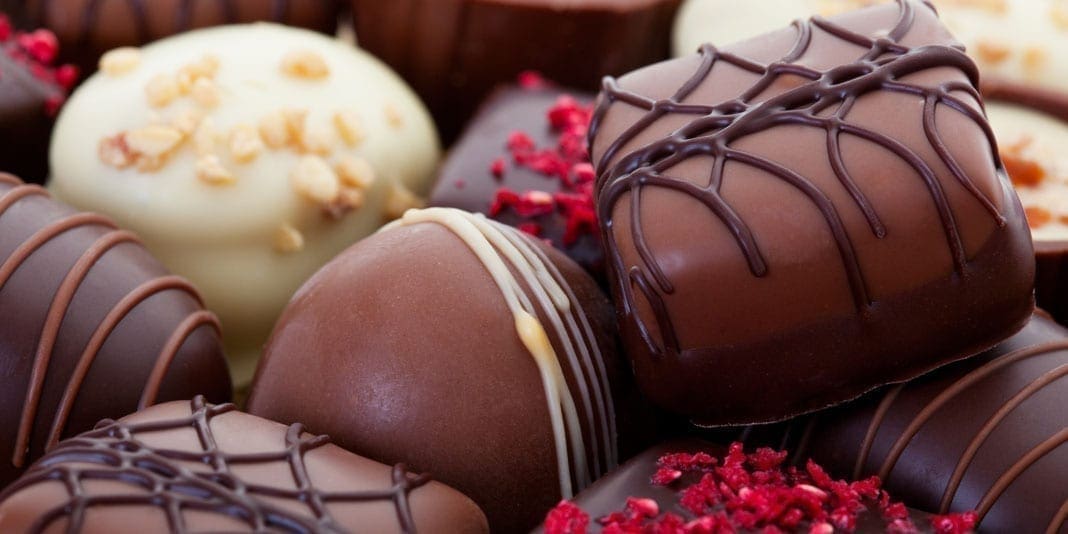We want to believe. Everyone wants to believe chocolate is good for them. Whether we cite that it’s “natural” or has some other obscure health property possibly linked to it. Yet, sometimes what we want isn’t always possible.
The studies on chocolate’s health influence are not always clear, so we’re laying out the details on whether your favorite treat can be indulged in guilt-free. We’ll also uncover which chocolate is the one chocolate to rule them all.
What is Chocolate?
Chocolate grows on trees. Yep, the fundamental ingredient of what we think of as chocolate is the cacao bean. It grows from the cacao tree. The cacao tree is an evergreen tree flourishing in equatorial regions. And there’s your botany lesson for the day!
How Chocolate is Made
It’s the processing of the cacao bean that determines the health benefits and how you consume chocolate. The cacao bean can be left relatively unprocessed. The result is termed “cacao nibs.” These can be roasted and fermented beforehand or not. Either process changes the taste and nutrition as well of the nibs.
Cacao nibs taste like chocolate but are much more bitter with a coffee-like taste. Don’t be surprised that they aren’t very sweet, either. More commonly, the chocolate you eat is made from cacao butter and cocoa powder. Cacao butter is the cacao bean plus the white, fatty part of the fruit. No surprise, it’s more fattening then.
Cocoa powder is made from the processed bean that is then treated with high heat. It’s this exposure to high heat and resulting additives of sugar that we often see as marketed as “chocolate.”
Even more common is “milk chocolate.” This is a processed version that has added milk fats.
Now here’s a completely unrelated, unimportant but interesting trivia: the first milk chocolate was made with donkey-milk. Keep your eyes on Erewhon and Whole Foods to see if that trend resurfaces any time soon.
Health Benefits of Chocolate
The treating of cacao with high heat makes the cacao bean lose nutritional value. That means eating chocolate in ice cream or candy, which is usually “milk chocolate,” is not a health food — sorry. This is because you’re eating processed food with more sugar and condensed milk added to it, not the pure stuff.
Raw chocolate or cacao nibs do contain a good amount of nutrients. Don’t expect it to taste as sweet as the chocolate you’re usually craving on a stressful day. Cacao nibs have lots of copper and manganese, important minerals. They contain plant flavonoids and are a decent source of both protein, healthy fat, and fiber.
Yet, perhaps you can have your health benefits and chocolate too. Try adding cacao nibs to smoothies or baked goods to lower their bitter taste. You can also add them to dried fruit and nuts for a chocolatey trail mix. If you still want to eat sweeter, more processed chocolate, try to opt for darker chocolate. There’s more of the original cacao nibs in it, and fewer milk solids and fat.
No, not all chocolate is created equal. But if you can stand a little bitterness, you can still indulge in chocolate without the guilt. A little sweetened chocolate every now and then won’t end the world either, though…




































